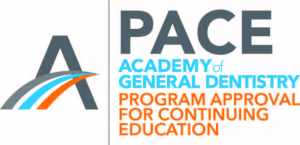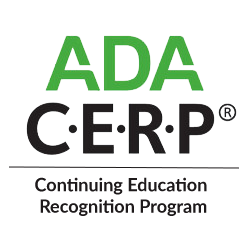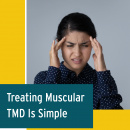Treating Muscular TMD Is Simple
Product Details
Gordon J Christensen, DDS, MSD, PhD
You see this condition routinely, but many dentists don’t treat it. Why? About 80% of temporomandibular dysfunction (TMD) is muscular only, without bony involvement. TMD pain is usually stimulated by anxiety-producing events, such as divorce, failing a class, or financial problems. Most often it affects your female patients. Zirconia’s rise to being the most-used indirect restoration has also caused muscular pain, as your occlusion attempts to facilitate this relatively non-wearing material. When should you refer patients? What is a simple, easy, successful procedure to treat muscular dysfunction and remove the pain most of the time within a few days? Gordon will help you! Your patients trust you and would prefer to have YOU treat them.
Table of Contents
- What is TMD?
- What Causes TMD?
- Incidence of TMD
- Symptoms of TMD
- Diagnosis of TMD
- Muscular TMD
- Bone Involvement
- Practitioners Treating TMD
- Types of Treatment for TMD
- Potential Sequence of Treatment for Muscular TMD
- Physical Therapy
- Occlusal Splints
- Occlusal Equilibration
- Codes for TMD Treatment
- Follow-up
Available in streaming format only









